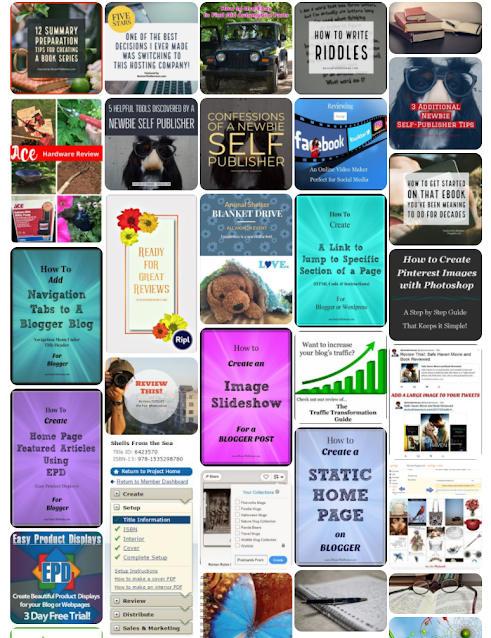Treasures from the Archives of Review This Reviews!
Every writer needs a little help at times. Whether you are writing online, or writing a book, there are moments when you are stumped or don't know how to do something.
Starting a new blog or website can be a daunting task. Self-publishing a book is equally, if not more so, challenging.
Writers want to focus on writing. We don't want to get bogged down with the "mechanics" behind it all. However, there are necessary elements that are requirements of any art form. Writing is no exception.
Don't let those irritants, or your lack of platform or software knowledge, end your dreams and ambitions because you give up due to exasperating chores.
Several of our contributors have taken the time to write easy to follow tutorials and writing tip reviews. We have all benefited from experienced writers who are willing to share the secrets of the trade. Well, they feel like secrets because information is elusive.
Writing: Blogging Tips
Many companies self-promote with blogs. Even if they own a website, they have a blog writer to keep the website current and relevant in the search engine's "eyes".
There are thousands of individuals who work from home as promotion affiliates. In fact, all of the contributors of Review This Reviews are promotion affiliates. Several of us work on multiple websites. This makes us uniquely qualified to help other writers who are seeking help.
Blogger, aka Blogspot, and Wordpress are the most commonly used online writing software. They each require a writer to jump in and learn through experience. Once a writer gets past the basics of writing with online software, they want to know how to do things they see on other sites. Therefore, we publish how-to articles for specific tasks such as using link jumps in an article that allows your reader to "jump" to a specific section of an article.
If you wish to have your Blogger blog use a custom domain name instead of a blogspot domain name, we have an article that shows you how to set that up.
You can check out our Blogging Tips & Tutorials by clicking here! Plus, if you see something on our site that you wish to do on your own site, simply ask us. If we don't already have a published tutorial, we will try to write one.
Writing: Book Publishing Tips & Tutorials
A few of our contributors self-publish their own books. Barbara Tremblay Cipak (Brite-Ideas) has written several in-depth and informative reviews on writing and publishing your own book.
If your dream is to be an Indie Writer (an author who self-publishes), than Barbara will be your best friend! She shares writing tips and publishing recommendations based on her own experience. You get the benefit of her publishing pains!
Book Self-publishing help can be found by clicking here.
Writing: Website Reviews
Our contributors have reviewed websites that are available to help online writers create beautiful promotion images, banners, & introduction images. These image websites are essential, especially when preparing images for multiple social media sites. Most of these sites offer a free version.
If you are a promotion affiliate, Easy Product Displays (linked here) is a website that helps you search and set up a beautiful display of items from Amazon, Zazzle, and ShareASale. This is a tremendous help if you don't like writing your own html code, but want an attractive display of products.
You will find dozens writing articles on Review This Reviews to help you create the blog, website, or published book you desire.









































